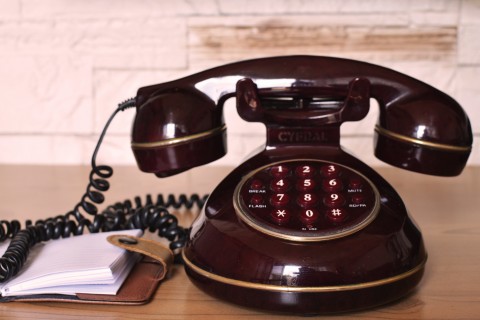By Jack Karako, Founding Principal and Strategist at IMPACTism
Even though donor retention seems to be the hot topic of discussion in the nonprofit world, donor acquisition still deserves proper thought and attention. How can you retain donors if you don’t acquire any?
While donor acquisition isn’t a quick process and should definitely be approached with a “long haul” attitude, there are a few best practices to pursue and mistakes to avoid. Make sure you steer clear of these three pitfalls during your donor acquisition process.
For a great list of donor acquisition strategies, take a look at IMPACTism’s top tips.
Mistake #1: Not organizing your donor data
Is your organization … organized? One of the worst mistakes you can make with donor acquisition is to have sloppy records that aren’t properly tabulated.
An easy way to solve this problem is to use a CRM (customer relationship software). Not only will your existing and potential donor data be organized and easily accessible, but a CRM will also help you:
- Create reports.
- Look at donors’ giving trends.
- Establish and build relationships.
Why is a CRM vital for donor acquisition? Well, when new supporters come into your donor fold, you’ll want to start the relationship off the right way. If you aren’t collecting donor data and keeping it in an organized CRM from the beginning, it will create more hassle for your team down the road.
If you need help choosing a CRM, take a look at these seven tips.
Mistake #2: Not taking advantage of all of your communication methods
It’s easy to stick to sending out emails to all of your donors and prospects if that’s what you’ve been doing for years.
But you’d be missing out on a lot of prospects who don’t respond as favorably to emails as they would to phone calls, direct mail, or even social media.
Making use of a variety of communication channels will not only allows your nonprofit to reach donors in different ways, but it will also help you determine how your new and existing donors prefer to be reached for future appeals.
Supporters’ communication preferences are a good thing to keep in mind when you are asking for contributions. You don’t want to strike a wrong chord and miss out on a big contribution. Reaching out to supporters through multiple channels can be the key to gaining more donors.
Mistake #3: Only focusing on a single demographic
If your nonprofit has previously only reached out to a certain type of prospect, change things up!
You never know who will be interested in your nonprofit, and you can’t always immediately tell who your next big major donor or planned giver might be.
Focusing on a single demographic is an easy trap to fall into. Your team becomes accustomed to soliciting a particular type of person and doesn’t attempt to branch out.
But there’s no reason to stay in that kind of rut!
- Start inviting different people to your fundraising events.
- Swap donor lists with another organization.
- Attend a nonprofit conference to get a fresh perspective on donor demographics.
- Ask your existing contributors to reach out to their friends, family members, and coworkers on behalf of your organization.
Getting in touch with a varied selection of potential supporters can be one of the best ways to build a bigger and more diverse donor pool. The more the merrier, as they say!
-------
Donor acquisition is vital to the success of any nonprofit organization. Make sure that you’re avoiding these three mistakes when reaching out to new donors. While there are countless others strategies to help your nonprofit acquire more supporters, these three errors should be sidestepped as often as possible.
 Jack has 30 years’ experience within the charitable and philanthropic industry that he brings to the forefront with IMPACTism. Jack has been a major gifts fundraiser and senior organizational executive working with or consulting to nonprofit and advocacy organizations. A generous community and civic leader who has served on several nonprofit boards, Jack has a unique perspective as a donor, benefactor, and as an industry thought leader. Working closely with senior leadership in strategic planning, Jack has personally raised over $50 million in annual and deferred gifts. Jack has a Master of Business Administration (M.B.A.) degree from Florida Atlantic University (Boca Raton, Florida), Master of Arts (M.A.) degree from American University (Washington, D.C), and a Bachelor of Arts (B.A.) degree from State University of New York at Geneseo.
Jack has 30 years’ experience within the charitable and philanthropic industry that he brings to the forefront with IMPACTism. Jack has been a major gifts fundraiser and senior organizational executive working with or consulting to nonprofit and advocacy organizations. A generous community and civic leader who has served on several nonprofit boards, Jack has a unique perspective as a donor, benefactor, and as an industry thought leader. Working closely with senior leadership in strategic planning, Jack has personally raised over $50 million in annual and deferred gifts. Jack has a Master of Business Administration (M.B.A.) degree from Florida Atlantic University (Boca Raton, Florida), Master of Arts (M.A.) degree from American University (Washington, D.C), and a Bachelor of Arts (B.A.) degree from State University of New York at Geneseo.
